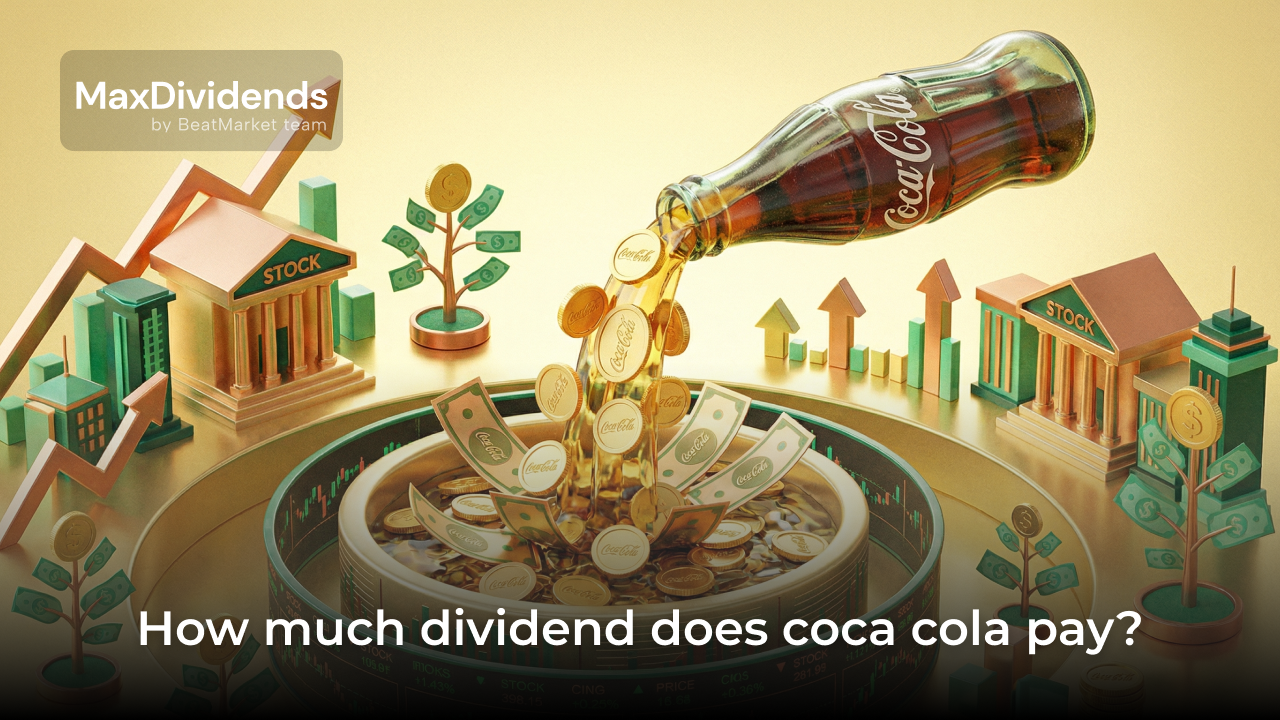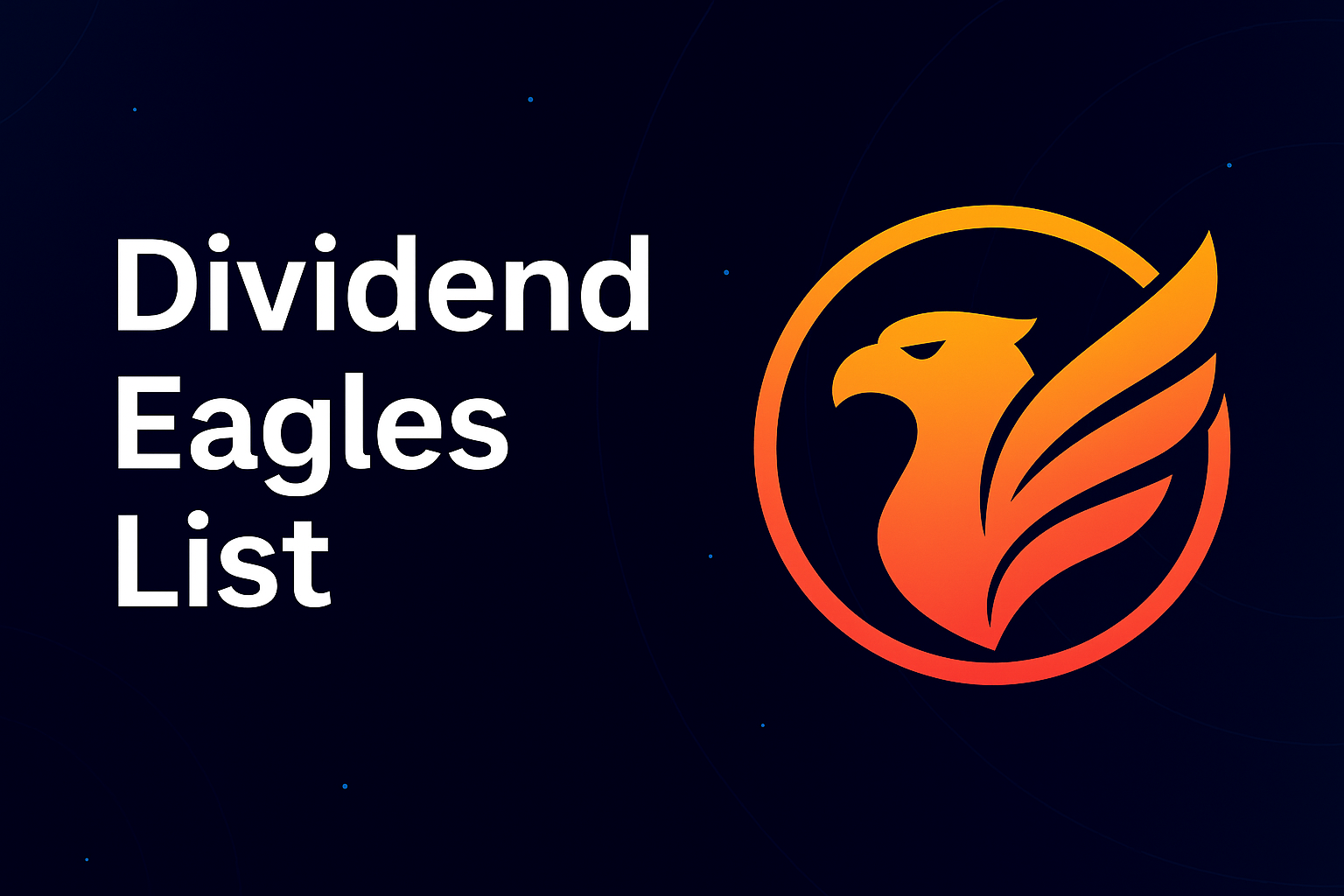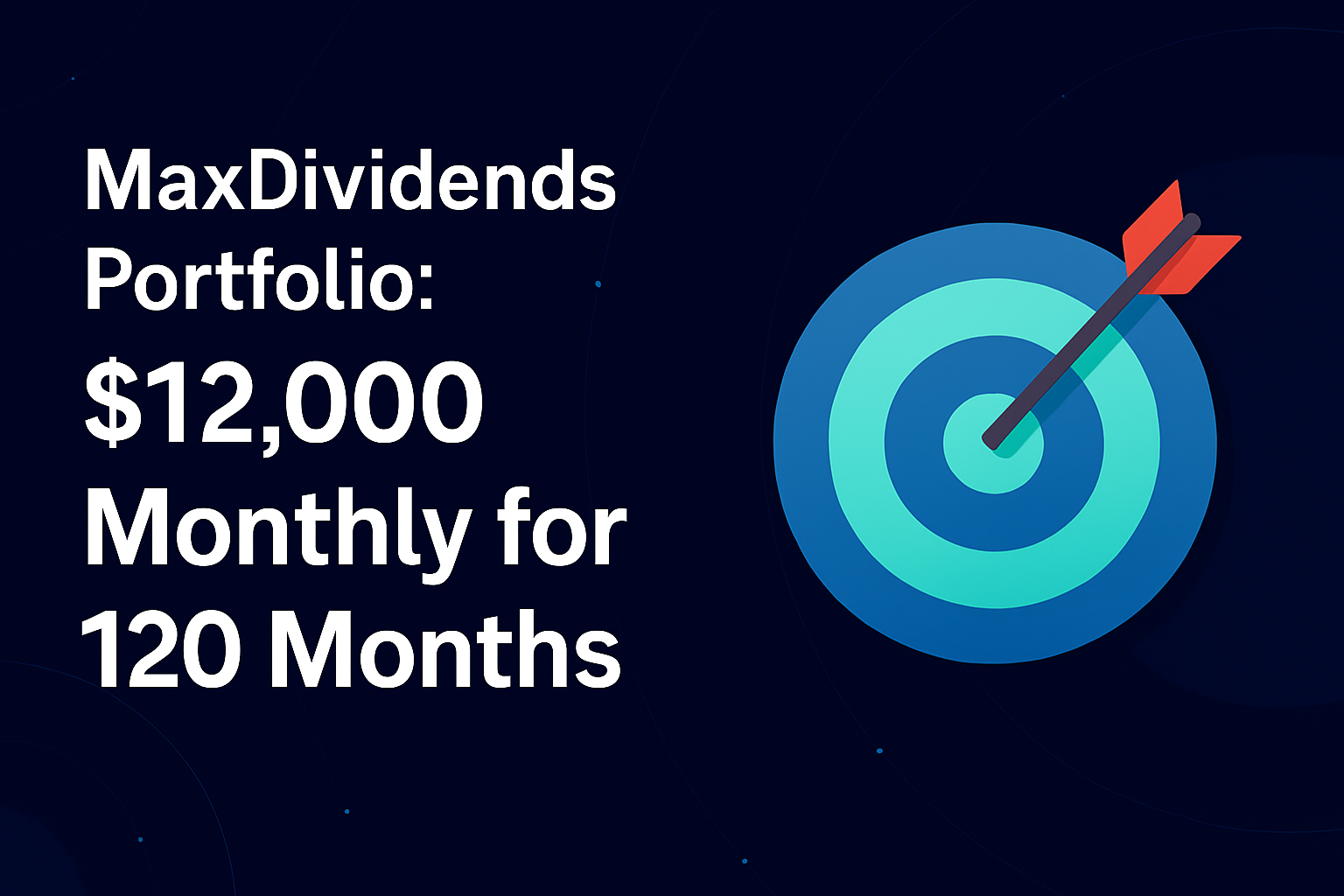Table of Contents
Spoiler: Rarely, and I’m not happy about it. I’d like it to be even less frequent.
It’s worth noting: for myself, I categorize transactions into two types – buying securities and selling securities. When it comes to frequency, it mostly concerns selling securities. I buy relatively often. Every month. But that doesn’t mean it’s necessary. I just believe that regularity accounts for N% of success.
Systematic investing has long been a tried-and-true principle, verified over decades, and one of the ways to successfully exist in the market and achieve higher results in the long run. Systematic investing reduces risks, both when buying in rising markets and allows for more advantageous purchases in falling markets.
As for me, I have no idea when the market will rise or fall. I don’t know and can’t control it. What I can control is myself and my behavior. And my behavior consists of buying regularly, in portions. It could be once a month, once every 2-3-5 months. It doesn’t matter. The main thing is consistency.
When I have amounts significantly larger than my usual investments, I just break the purchase into parts and buy in portions over some period of time.
So, I buy every month, and in this part, I am not worried, rather the opposite. As for selling, I am very conservative here.
There is a set of rules/signals that tell me when it’s time to sell a security. But it’s quite lenient.
A security can stay in the portfolio for 1-2-5-10-20 years. I completely allow for this and am very pleased about it. The longer a security is in the portfolio, the fewer taxes and commissions I’ll have to pay for transactions in the end.
The average number of full transactions – buy/sell, so-called portfolio turnover, is about 4% for me. I would like it to be even lower 😂 [Link to image] but it is what it is.
Why I pay so much attention to this. I’ve seen many recommendations like – buy, hold for a year, sell. And many tests are conducted this way. Often they write – we buy under such-and-such conditions and exit after a year.
I prefer to hold a security as long as possible and only sell it when the business may have problems or slows down in its development. Why so.
Simple math:
Take $100 and a virtual return of 10% per annum with reinvestment. Capital gains tax of 15%, a commission of $1 for buying, $1 for selling.
We take two selling options: A) after a year B) after 5 years. We leave everything else out. This is a very simple example to understand how important the issue of taxes and commissions is.
What we have in the end:
Option A:
$100 + 10% minus tax, minus commission, and so on five times. With capitalization, we end up getting, in this case, after 5 years $150.36 minus commission for transactions of two dollars a year (bought/sold) = $150.36 – 10 = $140.36.
Option B:
$100 + 10% minus tax, minus commission, and so on once. With capitalization, we end up getting, in this case, after 5 years $161.05 minus commission of $2 since we bought once over 5 years and sold once after 5 years. So, we have $151.89 – 2 = $149.89.
The difference over 5 years is 6.8% or 1.36% annually. And over 10 years, this difference is already 26% or 2.6% annually.
The longer the distance, the higher the annual profit needs to be to cover the frequency of transactions with returns.
You Might Also Like
- Dividend Formula Explained: How to Find Dividends Easily
- 7 Most Undervalued Dividend Stocks Right Now
- What Does ‘Credit Dividend’ Mean? A Simple Guide






